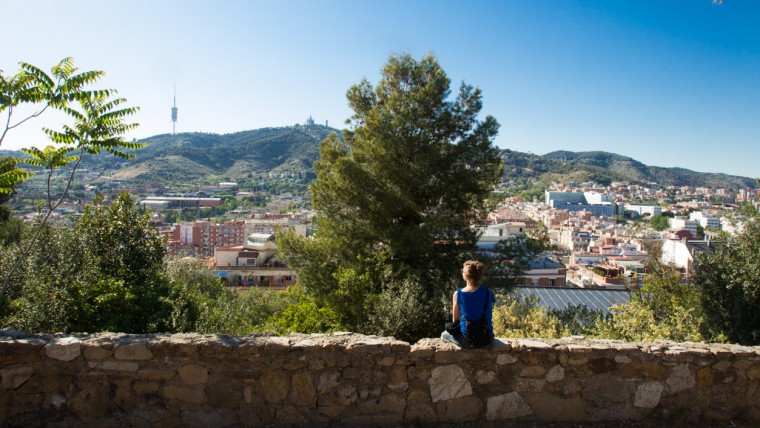
Exposed to the elements at the very top of the hill, these gardens are one of Barcelona’s most privileged miradors. This, together with a vegetation that is not only abundant but extremely varied in species, including some very rare ones, and the sheltered resting places, give them plenty of personality.

History
Putxet is a 178-metre-high hill that extends from Vallcarca to Sant Gervasi. Despite talk of a chapel in the 17th century, the first-known traces of any population there only date back to 1870, when Barcelona’s bourgeoisie began to have their villas built there to escape the urban conditions of old Barcelona. The land was part of the old Torre Espanya estate, which belonged to the Morató family. In 1917 it was included in the green-area plans, which kept the city’s hills as natural spaces, but it was gradually urbanised. By the time the City Council made a compulsory purchase of the land now occupied by the present gardens in 1970 the old, originally Mediterranean, wood had become barren land, used as a stone quarry from the first third of the 20th century. The wood taken from the pine grove at the top of the hill was an important source of fuel during the Spanish Civil War.
-
- Phone number
- Tel.: 010
-
- Accessibility
- Accessible for people with physical disabilities
-
- Titularity
- Public center
- Address:
- C Manacor, 9
- Districte:
- Sarrià-Sant Gervasi
- Neighborhood:
- el Putxet i el Farró
- City:
- Barcelona
Timetable
| Periode | Dies | Hores |
|---|---|---|
Horari d'hivern de l'1 de novembre al 31 de març |
Cada dia | de 08.00 h a 19.00 h |
Horari d'estiu de l'1 d'abril al 31 d'octubre |
de 08.00 h a 21.00 h |
aproximada, en funció de
l'horari solar (tanquen
quan es fa fosc, al capvespre)
- Sections of this equipment
- Àrea per a gossos Open in a new window
- Àrea de joc infantil Open in a new window
- Espai per a gossos deslligats als jardins del turó del putxet Open in a new window
- Pistes de petanca Open in a new window
- Àrea d'esbarjo per a gossos Open in a new window
- Àrea de joc infantil Open in a new window

